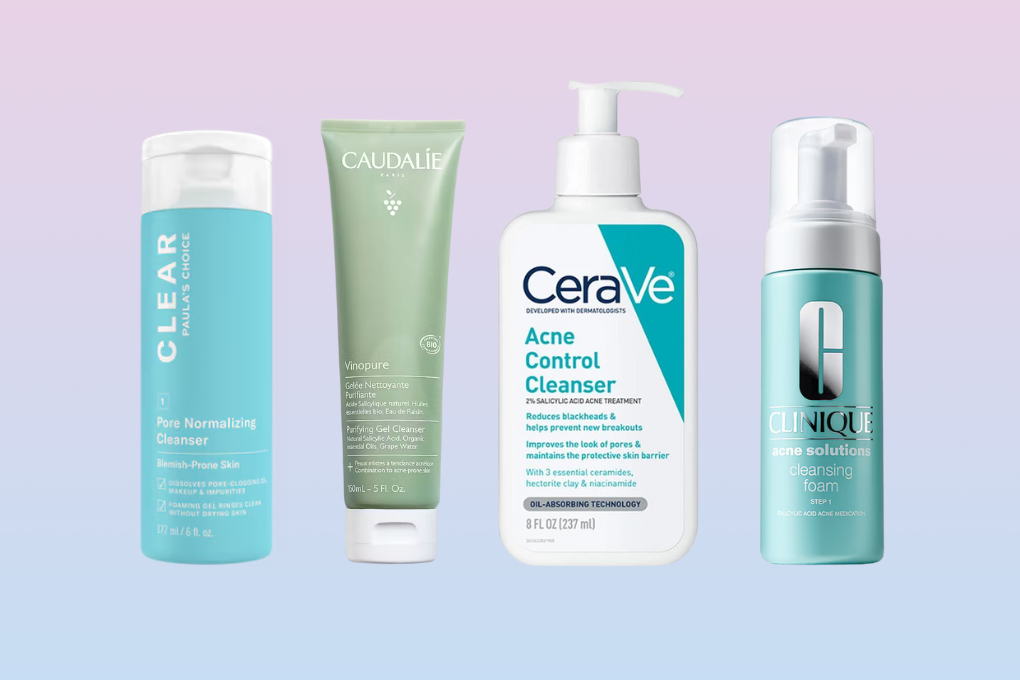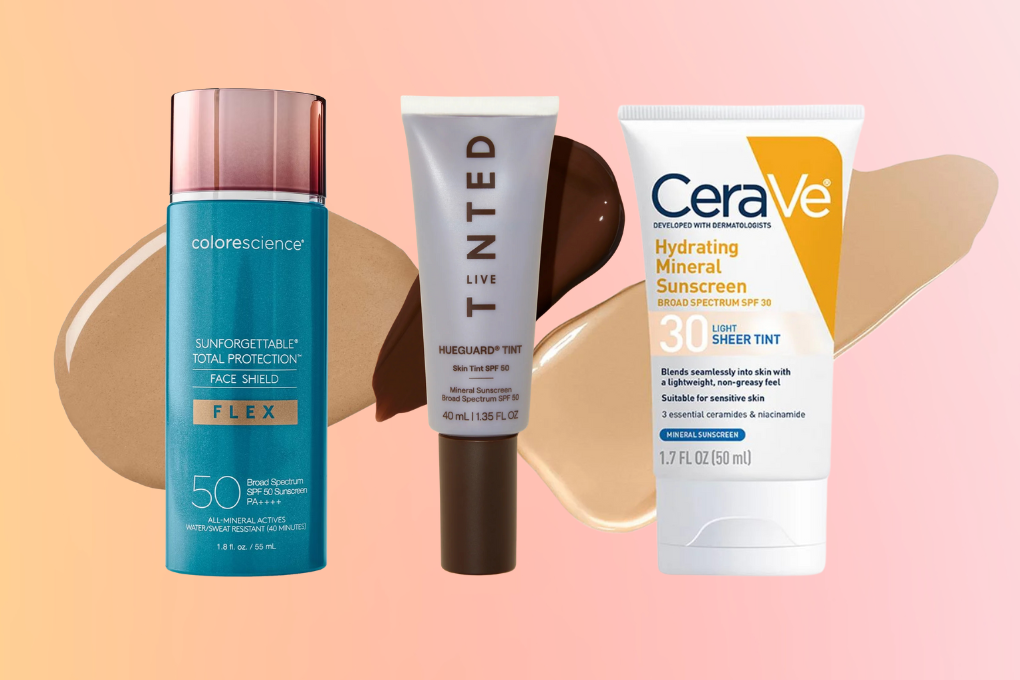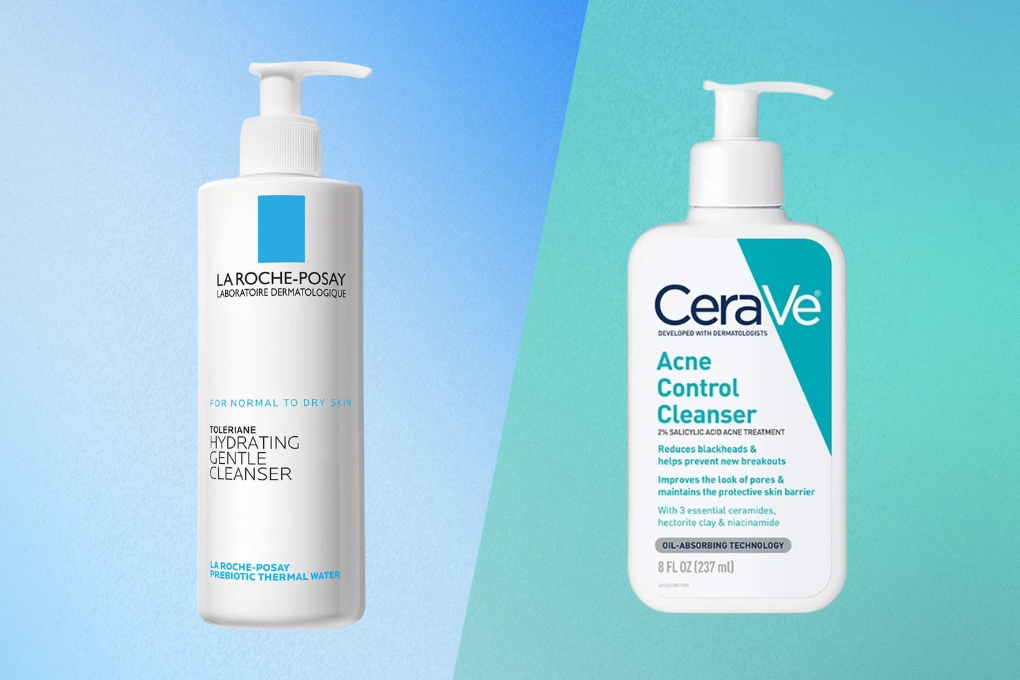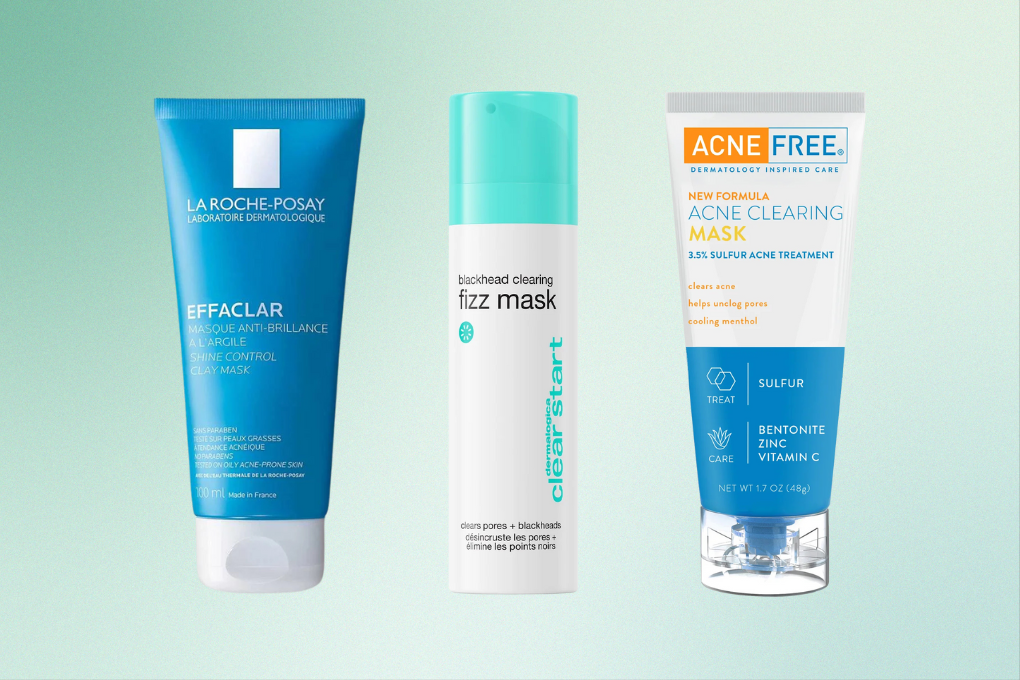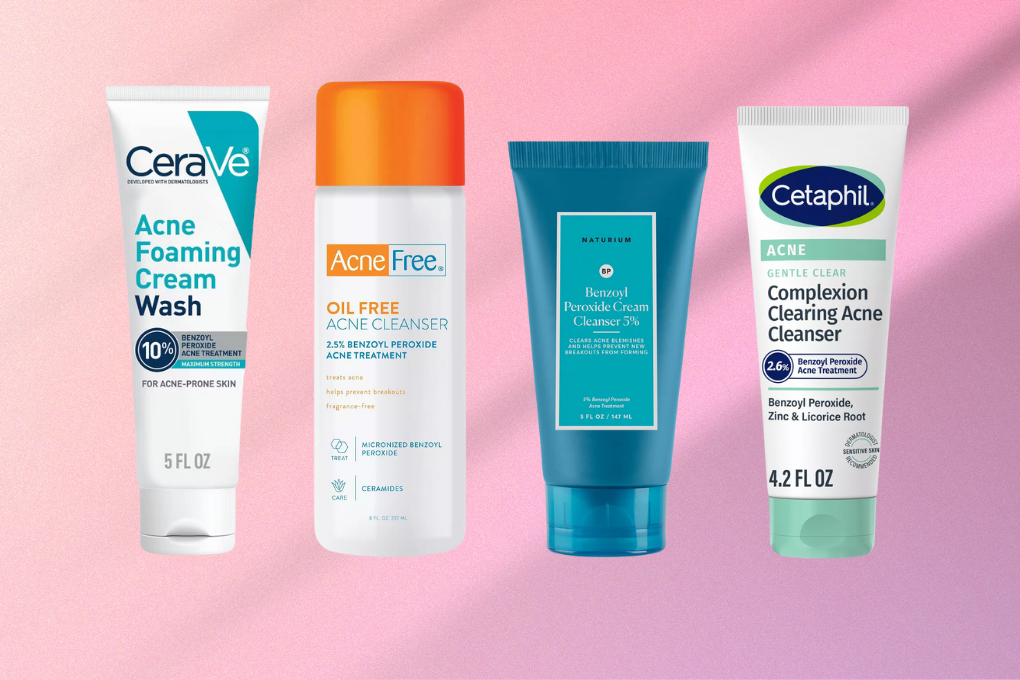Have you ever started using an acne treatment with high hopes, only to find that your skin becomes tight and irritated, and your pimples just seem to get worse?
You may have experienced the vicious cycle of a damaged skin barrier that comes with the complex balance of taking care of acne-prone skin. The more we damage our skin barrier with harsh acne treatments, the more acne is able to take hold in a less protected environment.
What is the Skin Barrier?
The skin barrier is the outermost layer of our skin, also known as the stratum corneum, and sometimes referred to as the moisture barrier or acid mantle of the skin.
The structure of the skin barrier looks like bricks and mortar, with skin cells as the bricks and a matrix of lipids, including ceramides, fatty acids, and cholesterol, as the mortar holding it all together. Additionally, the skin barrier contains natural moisturizing factors (NMFs) such as amino acids, urea, and lactic acid, which help to maintain the skin’s hydration levels.
What Does the Skin Barrier Do?
Your skin barrier tries to keep the bad out and the good in. It provides natural protection from external irritants such as pollution, UV radiation, and bacteria. It also regulates hydration levels by preventing moisture loss from your skin. The skin barrier even works to maintain a slightly acidic pH level of around 4.7, which is important for healthy skin function and protection against harmful bacteria and other irritants.
A healthy skin barrier appears smooth, firm, and well-hydrated. It is able to effectively perform its functions of protecting the skin from external irritants and retaining moisture.
Causes of a Damaged Skin Barrier
A damaged skin barrier can be caused by various factors, including:
- Excessive exposure to hot water or dry air
- Use of harsh soaps or detergents that strip the skin of its natural oils
- Overuse of skin care products that contain irritating ingredients
- Exposure to environmental toxins or pollutants
- Certain medications that can dry out or damage the skin
- Aging, which can cause a decrease in natural oils and moisture in the skin
- Genetic predisposition to skin conditions that compromise the skin barrier
Signs of a Damaged Skin Barrier
When your skin barrier is stripped and damaged, the lipid matrix is unable to maintain the moisture level of the skin, leading to transepidermal water loss, which will leave your skin feeling dry and dehydrated. With a damaged skin barrier, your skin might become more sensitive and reactive, leading to inflammation and redness. You might notice that products are stinging your skin more than before.
A damaged skin barrier can make your skin more vulnerable to the environment and bacteria. Because a compromised skin barrier is no longer able to provide the same level of protection as a healthy barrier, bacteria can get through more easily, leading to inflammation and acne breakouts.
How to Heal a Damaged Skin Barrier
The most important factor in restoring a damaged skin barrier is scaling back harsh treatments and treating your skin gently while it heals. Now is not the time for scrubs and chemical exfoliants!
Try skin streaming and go back to basics, and use a gentle fragrance-free cleanser, moisturizer, and sunscreen. Pay attention to how your skin feels after using each product, as some ingredients that should be gentle to the skin barrier, such as niacinamide or hyaluronic acid, can be irritating to sensitive skin types.
Pimple Patches
If you have active breakouts, use hydrocolloid pimple patches in the place of drying treatments.
Hero Cosmetics Mighty Patch Invisible+ Ultra Thin Daytime Hydrocolloid Pimple Patches
Gentle Cleanser
Start with a gentle cleanser, preferably one that is restoring and hydrating. The goal is to cleanse your skin with as little irritation as possible.
EltaMD Skin Recovery Amino Acid Foaming Gentle Face Cleanser for Sensitive Skin
The Skin Recovery Amino Acid Foaming Cleanser from EltaMD is made to strengthen the skin barrier while mild surfactants gently remove makeup, sunscreen, excess oil, and other impurities. The self-foaming dispenser simplifies the cleansing process, and one cloudlike puff is enough to clean your face. The brand's AAComplex of three amino acids helps restore the skin barrier and reduce skin water loss, while bisabolol and ginger bring down redness and irritation.
- Instant luxurious foam
- Amino acid complex strengthens skin barrier
- Bisabolol and ginger extract help reduce redness
- Expensive for the size
Light Hydration
You will need to both hydrate the skin with humectant ingredients and then seal the moisture in with occlusives. Start by layering a hydrating serum or toner on damp skin and follow with a thicker moisturizer. Incorporating products with glycerin, hyaluronic acid, and ceramides will help to soothe and heal the skin barrier.
Paula's Choice CALM Nourishing Milky Toner for Sensitive Skin and Redness
Paula's Choice Nourishing Milky Toner from their Calm line of products is full of skin-replenishing ingredients and antioxidants to soothe redness and sensitivity by supporting the skin barrier. Hyaluronic acid and glycerin hydrate the skin, while allantoin, panthenol, and marshmallow root extract help reduce redness and calm the skin. This toner is designed to strengthen the skin barrier to prevent future sensitivity, making it an excellent choice if your skin is irritated from harsh acne treatments.
- Gentle for sensitive and rosacea-prone skin
- Strengthens skin damaged from acne treatments
- Supports skin barrier to prevent future sensitivity
- Expensive for the size
Moisturizer
Once you have drenched your damp skin with a hydrating toner, essence, or serum, seal in that hydration with a moisturizer that will help soothe and strengthen your skin barrier.
EltaMD Skin Recovery Lightweight Moisturizer for Damaged Skin Barrier with Amino Acids
Elta MD's Skin Recovery Light Moisturizer is a weightless lotion designed with acne-prone and sensitive skin in mind. It uses the brand's patented AAComplex of amino acids to restore the skin's natural barrier, which makes it one of our favorite moisturizers to use alongside a strong acne treatment. With hyaluronic acid, glycerin, squalane, and coconut extract, this lotion soothes and moisturizes dehydrated skin while calming irritation and redness.
- Lightweight with hydrating ingredients
- AAComplex restores skin barrier
- Great option when using harsh acne treatments
- Expensive
An extra complication to healing the skin barrier for those of us with acne-prone skin is that most of the rich occlusive formulas that help soothe the skin barrier can also cause clogged pores and pimples. If you can’t find a thicker cream that works for you, try skin flooding, where you layer lightweight hydrating products and light moisturizers on damp skin to help nourish and support your skin barrier while avoiding exacerbating acne.
Once you have a healthy and functioning skin barrier, your skin will be able to better protect itself from acne-causing bacteria. Be gentle with adding new acne treatments and continue to use a good moisturizer. Taking care of your skin barrier will help it take care of you.















